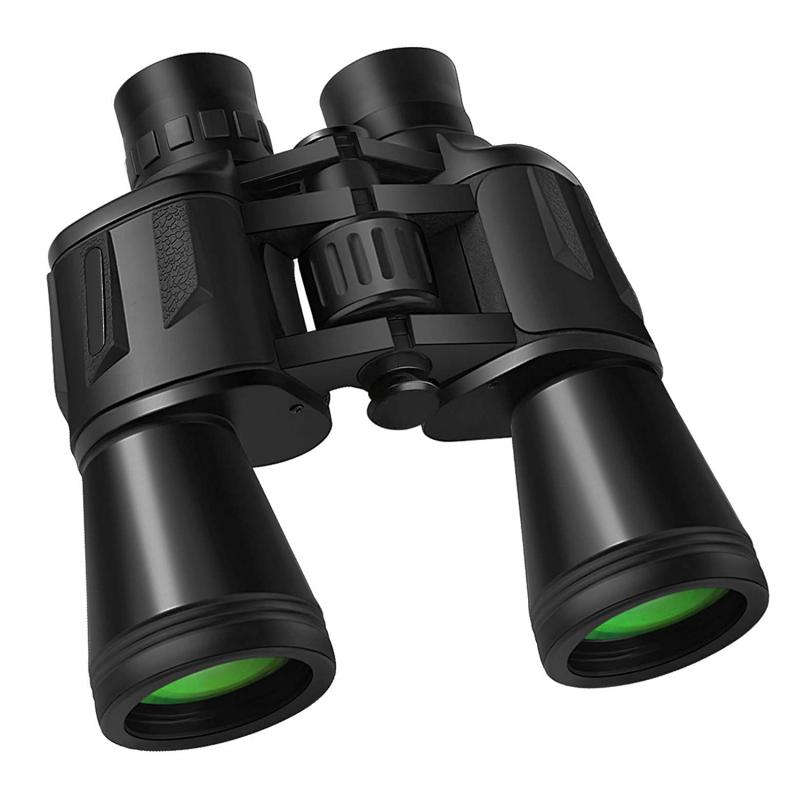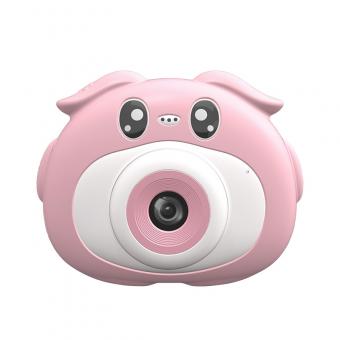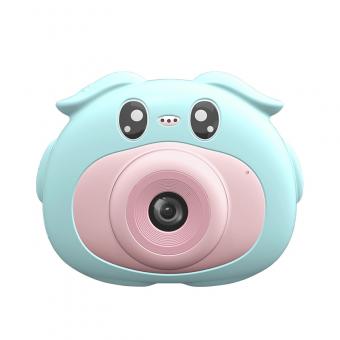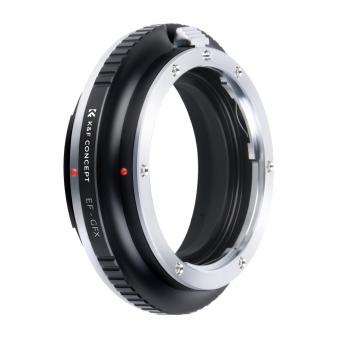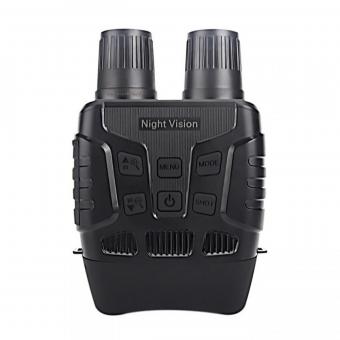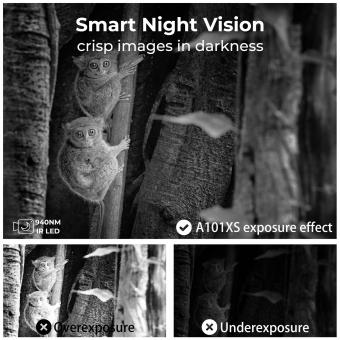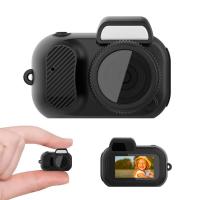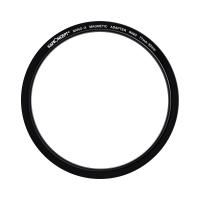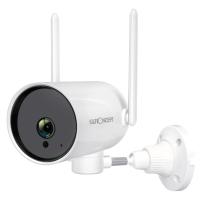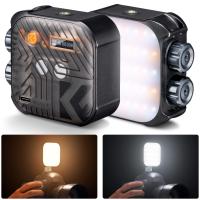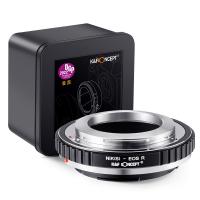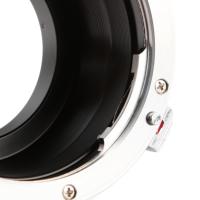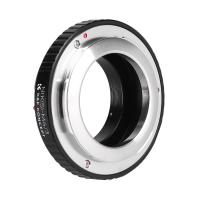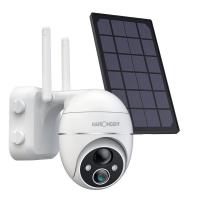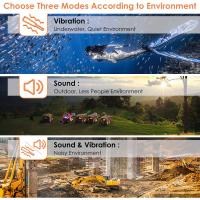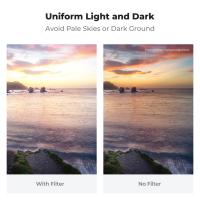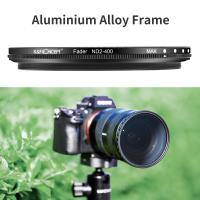How To Choose A Good Binocular ?
When choosing a good binocular, consider factors such as the magnification power, objective lens diameter, field of view, and lens coating. Additionally, consider the binocular's size, weight, and durability.
1、 Magnification power
When it comes to choosing a good binocular, one of the most important factors to consider is the magnification power. Magnification power refers to how much closer an object appears when viewed through the binoculars compared to the naked eye. It is typically denoted by a number followed by an "x" (e.g., 8x, 10x).
The magnification power you choose depends on your specific needs and preferences. A higher magnification power, such as 10x or 12x, allows for a closer view of distant objects, making it ideal for activities like birdwatching or stargazing. However, higher magnification can also make the image shakier and reduce the field of view, making it harder to locate and track moving objects.
On the other hand, a lower magnification power, such as 8x, provides a wider field of view and a more stable image, making it suitable for activities like sports events or general wildlife observation. It allows you to scan larger areas and locate objects more easily.
It's important to note that the magnification power alone does not determine the quality of the binoculars. Other factors such as lens quality, lens coatings, and overall build quality also play a significant role in the performance of the binoculars.
In recent years, there has been a growing trend towards binoculars with lower magnification power, such as 8x or 10x, but with larger objective lenses. This combination allows for a brighter and clearer image, especially in low-light conditions. These binoculars are often preferred by nature enthusiasts and birdwatchers who value image quality over extreme magnification.
Ultimately, the choice of magnification power should be based on your specific needs, intended use, and personal preferences. It's recommended to try out different binoculars and consider factors like comfort, image stability, and overall image quality before making a final decision.

2、 Objective lens diameter
When it comes to choosing a good binocular, one of the most important factors to consider is the objective lens diameter. The objective lens is the larger lens at the front of the binoculars that gathers light and determines the brightness and clarity of the image you see.
The objective lens diameter is typically measured in millimeters and is denoted by the second number in the binocular's specifications. For example, in a binocular with the specifications 8x42, the objective lens diameter is 42mm.
A larger objective lens diameter allows more light to enter the binoculars, resulting in a brighter image. This is particularly important in low-light conditions, such as dawn or dusk, or when observing objects in dense foliage. A larger objective lens diameter also improves the overall image quality and clarity.
However, it's important to note that a larger objective lens diameter also means a larger and heavier binocular. This can make them less portable and more cumbersome to carry around. So, it's essential to strike a balance between the desired brightness and the practicality of the binoculars.
Additionally, advancements in lens coatings and optical technology have made it possible for binoculars with smaller objective lens diameters to deliver excellent image quality. These advancements have reduced the reliance on larger objective lenses for brightness and clarity.
In conclusion, when choosing a good binocular, consider the objective lens diameter as it directly impacts the brightness and clarity of the image. However, also take into account the practicality and portability of the binoculars, as advancements in technology have made smaller objective lens diameters capable of delivering excellent performance.
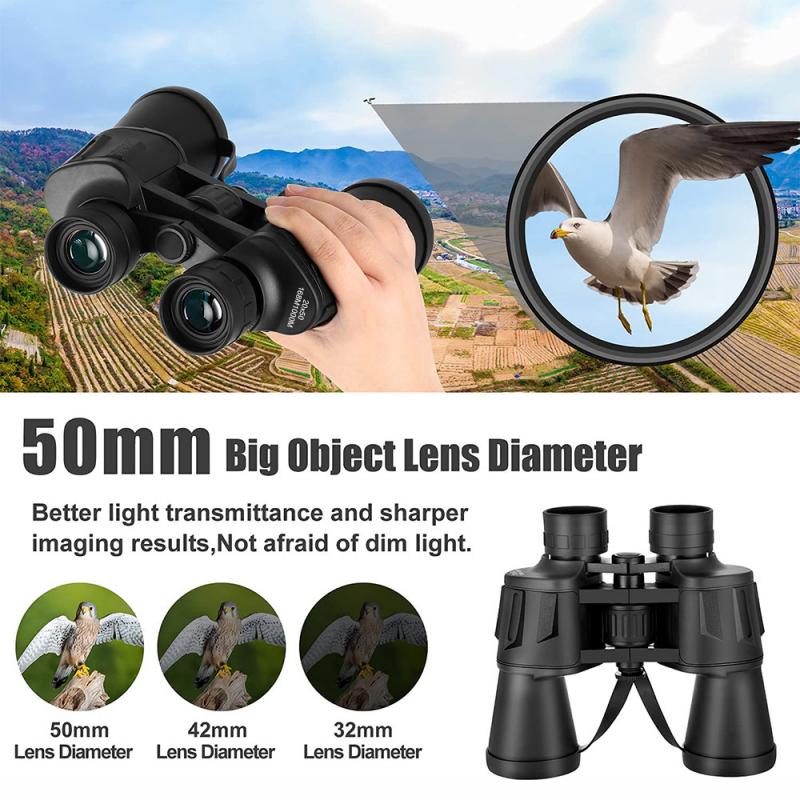
3、 Field of view
When choosing a good binocular, one of the most important factors to consider is the field of view. The field of view refers to the width of the area that can be seen through the binoculars at a specific distance. A wider field of view allows you to see more of the surrounding area, making it easier to locate and track objects.
To choose a binocular with a good field of view, you should look for a model with a larger objective lens diameter. The objective lens is the front lens of the binoculars and determines how much light can enter the binoculars. A larger objective lens diameter will result in a wider field of view.
Additionally, consider the magnification power of the binoculars. Higher magnification can reduce the field of view, so it's important to strike a balance between magnification and field of view. For general use, a magnification power of 8x or 10x is recommended.
It's also worth noting that advancements in technology have led to the development of binoculars with wider fields of view. Some manufacturers now offer binoculars with wide-angle or extra-wide-angle eyepieces, which can provide an even broader field of view.
In conclusion, when choosing a good binocular, pay attention to the field of view. Look for a model with a larger objective lens diameter and consider the magnification power. Keep in mind that advancements in technology have expanded the options available, including binoculars with wide-angle eyepieces.
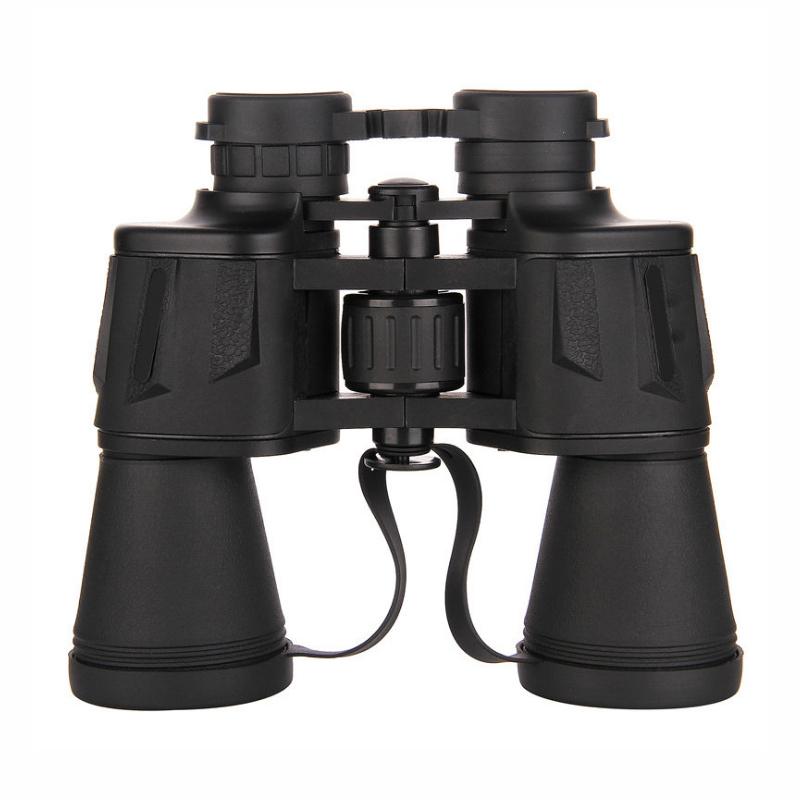
4、 Lens coating
When it comes to choosing a good binocular, one of the most important factors to consider is lens coating. Lens coating refers to the thin layers of chemicals applied to the glass surfaces of the binocular's lenses. These coatings serve several purposes and can greatly enhance the performance of the binoculars.
Lens coatings are primarily used to reduce glare and improve light transmission. Glare can be a major issue when using binoculars, especially in bright sunlight or when observing reflective surfaces. Lens coatings help to minimize this glare, resulting in a clearer and more comfortable viewing experience.
Additionally, lens coatings can significantly improve light transmission. When light passes through the lenses, some of it is reflected off the glass surfaces, leading to a loss of brightness and contrast. Lens coatings help to reduce these reflections, allowing more light to pass through the lenses and reach your eyes. This results in brighter and sharper images, especially in low-light conditions.
There are different types of lens coatings available, including fully coated, multi-coated, and fully multi-coated. Fully coated lenses have a single layer of coating on all air-to-glass surfaces, while multi-coated lenses have multiple layers on at least one surface. Fully multi-coated lenses have multiple layers on all air-to-glass surfaces. Generally, the more layers of coating, the better the performance of the binoculars.
In recent years, there have been advancements in lens coating technology. Some manufacturers have introduced new coatings that are even more effective at reducing glare and improving light transmission. These advancements have resulted in binoculars with superior image quality and clarity.
In conclusion, when choosing a good binocular, it is crucial to consider the lens coating. Look for binoculars with high-quality coatings that reduce glare and improve light transmission. The latest advancements in lens coating technology have made it possible to achieve even better image quality and clarity, so it is worth exploring the options available in the market.
